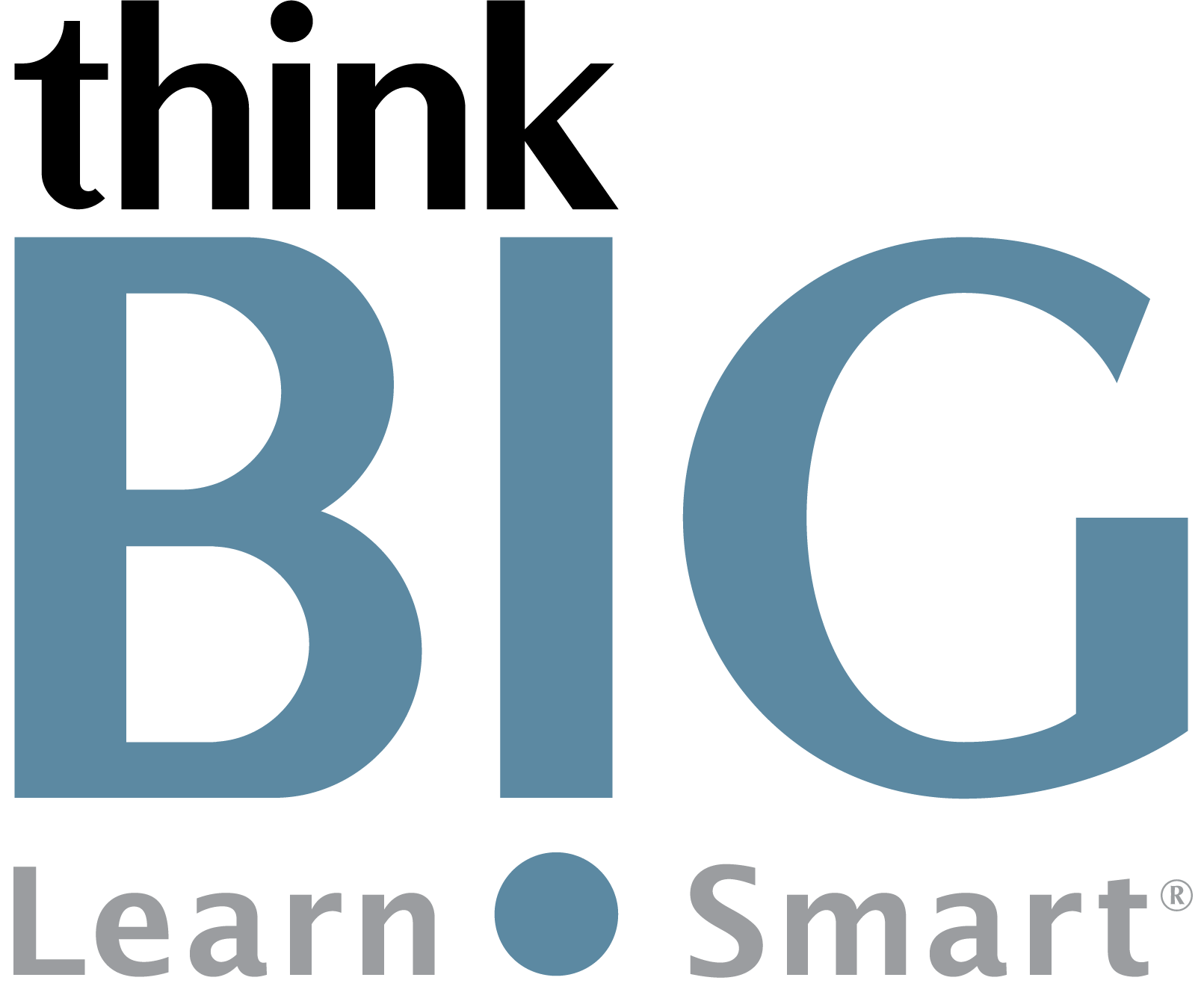Course Overview
TOP
In this two-day Videography training class, you will learn the technical and creative side of DSLR/Mirrorless and Mobile shooting. You will learn from an industry expert on the fundamentals, pre-production to post-production while based on real-world scenarios. We will start with learning how to control the camera, picking your locations, lighting, framing your shots, and incorporating audio. You will then have the foundational knowledge to capture great footage using your video-capable DSLR or Mobile device (or any video-capable camera with full manual control e.g. mirrorless camera, DSLRs, and camcorders). You will gain experience bringing footage into Adobe Premiere Pro for an overview of video editing.
Scheduled Classes
TOPWhat You'll Learn
TOPOutline
TOPFOUNDATIONS
1. Foundations of Videography
Composition
Lighting
Movement
Audio
Storytelling with Pictures
2. Videography Core Concepts and Terminology
Aperture
ISO
Shutter Speed
Pixels & Resolution (HD, 4K, UHD)
Progressive & Interlaced Video
Frame Rate
Image Basics
Focus
Peaking
Exposure
Zebra Stripes
Color Temperature
White Balance
Portrait vs. Landscape
3. Production Process
Pre-Production
Script: Work from a Script (Plan your work, work your plan)
Shot List: Building a Shot List from your script
Storyboarding: Plan Your Shots with Sketches
Production
Shoot Your Video
Post-Production
Editing with the final Shot Sequence
SET UP
4 Shooting with a DSLR or Mirrorless
Anatomy of a DSLR Camera
Differences between DSLR and Mirrorless Cameras
Camera Settings: Manual vs Auto Settings
Lens Selection: Wide Angle to Zoom Lenses
How shooting video is different than photography
180 Degree Rule (Frame Rate & Timecode)
Exposure Triangle
White Balancing a Shot
Focus: Manual vs Auto
Aperture and Depth of Field
Understanding Exposure
Monitoring with Zebra Stripes
Understanding Color Temperature
Neutral Density (ND) Filters to Correct
Sensors and Visual Noise
Working with Motion Blur
Problems and Fixes with DSLR
5. Lighting
Working with Lighting Instruments
Understanding Lighting Concepts
Setting up lights
Lighting styles
Light placement
Working with diffusers and reflectors
Using Correction Gels
6. Audio
Audio Rules to Live By
Onboard Mics vs Using a Separate Audio Recorder
Lav Mic vs Boom Mic
Setting Proper Audio Levels
7. Gear for Video
The Importance of Camera Prep and the Basic Items
Audio Recording or Adapter
Tripods & Sliders
Support Rigs for DSLRs & Mobile: Sliders, Gimbles, Stabilizers
Video scopes & Light Meters
External Monitor
Follow Focus
Matte Box
Flash (Speed Light)
8. Shooting with Digital Mobile Devices
Using the Camera s built in apps
Best Apps for Shooting Video
What to look for in an App
Shooting: Time-Lapse, Slo-Mo, Video for iPhone & Android
Controlling Frame Rates
Taking a picture while shooting video
Checking your device before shooting
TECHNIQUES
9. Composition
Framing your Shot
The Rule of Thirds
Look Room
Head Room
Frame Left & Frame Right
Planning for Screen Space
Changing Focus while shooting
Shot Blocking
Moving the Camera
10. Getting Different Shots
Shot Terminology:
Wide Shot (WS) / Establishing Shot
Medium Shot (MS)
Close Up (CU) & Extreme Close Up (XCU)
Shot 1, Shot 2 etc.
Over the Shoulder (OTS)
Reaction/Reverse Angle Shot
Dutch Angle/Tilt
Static, Hand-Held, Dolly, Pan, Zoom
Tilt up / Tilt Down
Snap Zoom
11. Special Shooting (Working with Camera Gear)
Studio vs Field Production
Green Screen Interview
Multi-Cam Shot
Time-lapse Video
Tripod vs No Tripod Shooting
Gimbles and Sliders
12. Shooting Headshots with Video
Pick your background
Prepare your subject
Pose your subject
Make sure your subject is well lit
Use a flattering focal length
Blur your background
Expose for your subject s face
Focus on the subject s eyes
13. Overview of Editing
Features of Premiere Pro for Editing
Video Editing for Multi-Cam
Reconnecting Audio with Video
Exporting Video from Adobe Media Encoder
Other Apps that are worth mentioning
Codecs (Input/Output Codecs)
Disclaimer: All course objectives and outlines are used as a guideline and are subject to change to ensure the latest information is covered to support real world use of the technology.
Software Versions: ThinkB!G open enrollment classes are taught on the most current version of software whenever possible

